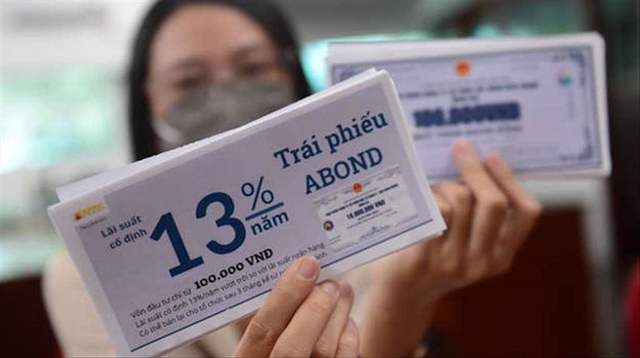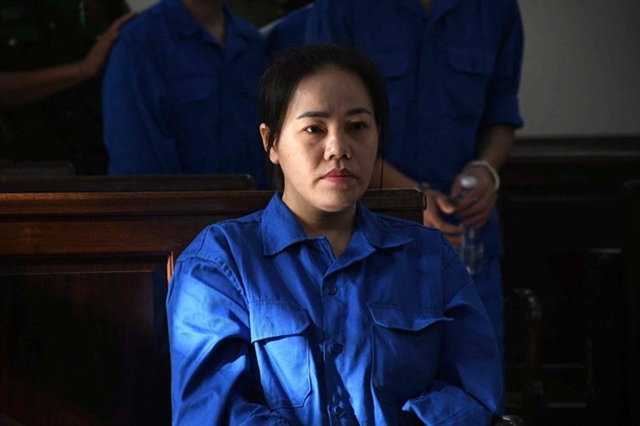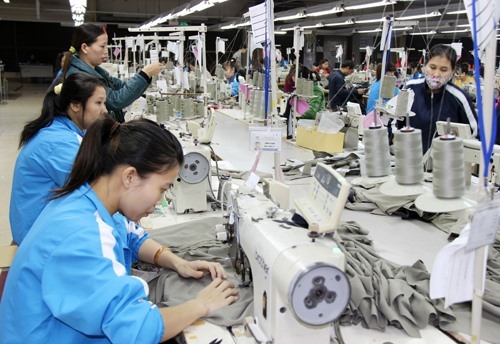 Economy
Economy

The finance ministry has announced 10 draft decrees that will guide implementation of as many free trade agreements (FTAs), drawing a roadmap to zero per cent import tariffs for many goods.
 |
| The finance ministry has announced 10 draft decrees that will guide implementation of as many free trade agreements (FTAs), drawing a roadmap to zero per cent import tariffs for many goods.— Photo baotintuc.vn |
HÀ NỘI — The finance ministry has announced 10 draft decrees that will guide implementation of as many free trade agreements (FTAs), drawing a roadmap to zero per cent import tariffs for many goods.
The road map, beginning this year, will extend until 2022 for several goods and commodities for which the tariffs will undergo a gradual progression.
The ministry said at a meeting held in Hà Nội yesterday that the 10 draft decrees on Việt Nam’s special preferential import tariffs have to do with: the ASEAN Free Trade Area; FTAs between ASEAN with Japan, India, Australia – New Zealand, the Republic of Korea (RoK) and China; and between Việt Nam and the RoK, Japan, Chile and Eurasian Economic Union.
The new decrees make “appropriate updates” to the Government’s Resolution No109/2016/NQ-CP and the list of ASEAN Harmonised Tariff version 2017 (AHTN 2017) issued in 2016.
They also aim to ensure stability in the application of special preferential import tariffs, said Phạm Tuấn Anh, Deputy Head of the MoF’s Department of International Co-operation.
The decrees will make it easier for businesses to follow regulations, he added.
Since 2015, a series of imported goods and commodities to Việt Nam have received tax reductions under FTAs’ commitments. As committed, the tariffs will be cut further during 2018-2022 period. On many, the drop to zero per cent happens this year.
The finance ministry has calculated the average tariff reduction rates each year for the 10 FTAs.
Under the Việt Nam - Eurasian Economic Union FTA (VN-EAEU FTA), for instance, 5,535 tariff lines will be cut to zero per cent, while gradual reduction will apply to 3,720 tariff lines, including milk and dairy products, automobile and auto parts, steel and steel products.
Under the ASEAN-China Free Trade Agreement (ACFTA), some tariff lines will reduce from the current five and 10 per cent to zero per cent this year, including chicken, coffee, raw tea, processed food, fabric, clothing and electronic equipment.
Seafood, wheat, confectionery, diesel fuel, machinery and electronic equipment are some of 704 tariff lines that will be cut to zero per cent this year under the Việt Nam-South Korea FTA (KVFTA).
Meanwhile, the Việt Nam-Japan Economic Partnership Agreement (VJEPA) will see 456 tariff lines cut to zero per cent, including sugar, construction stones, machinery, steel, aluminium and vehicle parts.
While the application of new import tariffs during the 2018-2022 period will reduce the import tax revenues, it will not have negative impacts on State Budget collection, Tuấn Anh claimed.
He said the tariff lines were set on the basis of FTA commitments, the schedule of which has not changed. In fact, domestic enterprises stand to benefit from tariff preferences because their inputs cost will decline and production and business efficiency will improve.
This, in turn, would raise domestic tax collection and offset the reduction in import tax revenues, he said. — VNS


.png)

